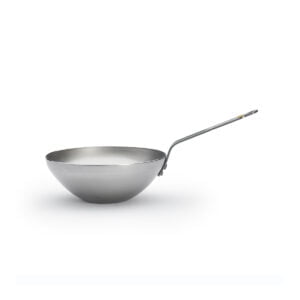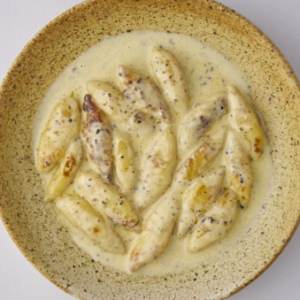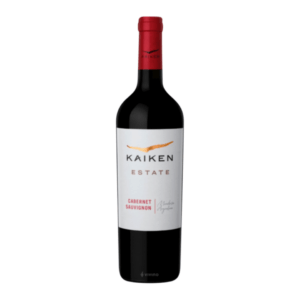5 Interesting Facts About Spanish Food History
If you’ve ever been to Spain, you’ll know just how important food is to the county’s rich and varied culture. Over the centuries, Spanish cuisine has developed into a wide range of delicious dishes based on fresh and colorful ingredients from all corners of the country. More than just tapas and fabada, let’s check out these 5 interesting facts about Spanish Food history.
1. Importance of Geography
Spanish cuisine is influenced by Spain’s location, surrounded by the Mediterranean Sea and the Atlantic Ocean. As a gateway between Europe and Africa, Spain has a long history of invasions and wars. Through explorations and colonization, you can expect many culinary discoveries that continued to evolve.
For instance, once conquered, Spanish cuisine routinely uses Arabic ingredients such as rice, sugar cane, eggplant, almonds, and lemon in their cooking. Spain also occupied many areas of South America where they brought back with them a variety of ingredients such as tomatoes, potatoes, peppers, and chocolate.
2. Spain’s Climate
Spain’s climate too varies significantly, which means that a wide diversity of agricultural goods is produced in different parts of the country. On the mainland, the climate ranges from near desert conditions in parts of the south, blistering summers and freezing winters on the meseta and wet temperate weather in the north. In the south, for example, you’ll find dates, almonds, olives and figs; in the north, there are apples and chestnuts and lots of root crops. The Balearic Islands in the Mediterranean and the Canary Islands in the Atlantic offer further diversity.
3. Food of The Spaniards
Spain’s culinary traditions rely on an abundance of locally grown vegetables and fruits as well as meats and poultry. Seafood and fish are popular in coastal areas. Other popular foods are cheeses, eggs, beans, rice, nuts (especially almonds), and bread (a crusty white bread, baked fresh daily, is common). Spain is also known for its wines, including the Rioja , made in the northern province; sherry, a fortified wine that may be dry or sweet; and sangria, wine mixed with fruit and soda water.
4. Essential Ingredients
Olive oil and garlic are common ingredients, along with butter and lard – especially in the North. Daily meals eaten by Spaniards in many areas of the country are still very often made traditionally by hand, from fresh ingredients bought daily from the local food market. This practice is more common in the rural areas and less common in the large urban areas like Barcelona or Madrid, where supermarkets are beginning to displace the open air markets.
5. Modern Spanish Food
Spain may make a late entrance in the world culinary trend, compared to Italy or France. However, people have come to celebrate the extraordinary flavors and variety of produce the cuisine has to offer. The heart of modern Spanish food remains in its rustic, homemade nature and a touch or hard work ala Spaniard. If you have a chance to sample Spanish meals, don’t forget to include a few of these essentials : Paella, Patatas, Gazpacho, Fideuà, Jamón, Tortilla, Churros and Croquetas!







